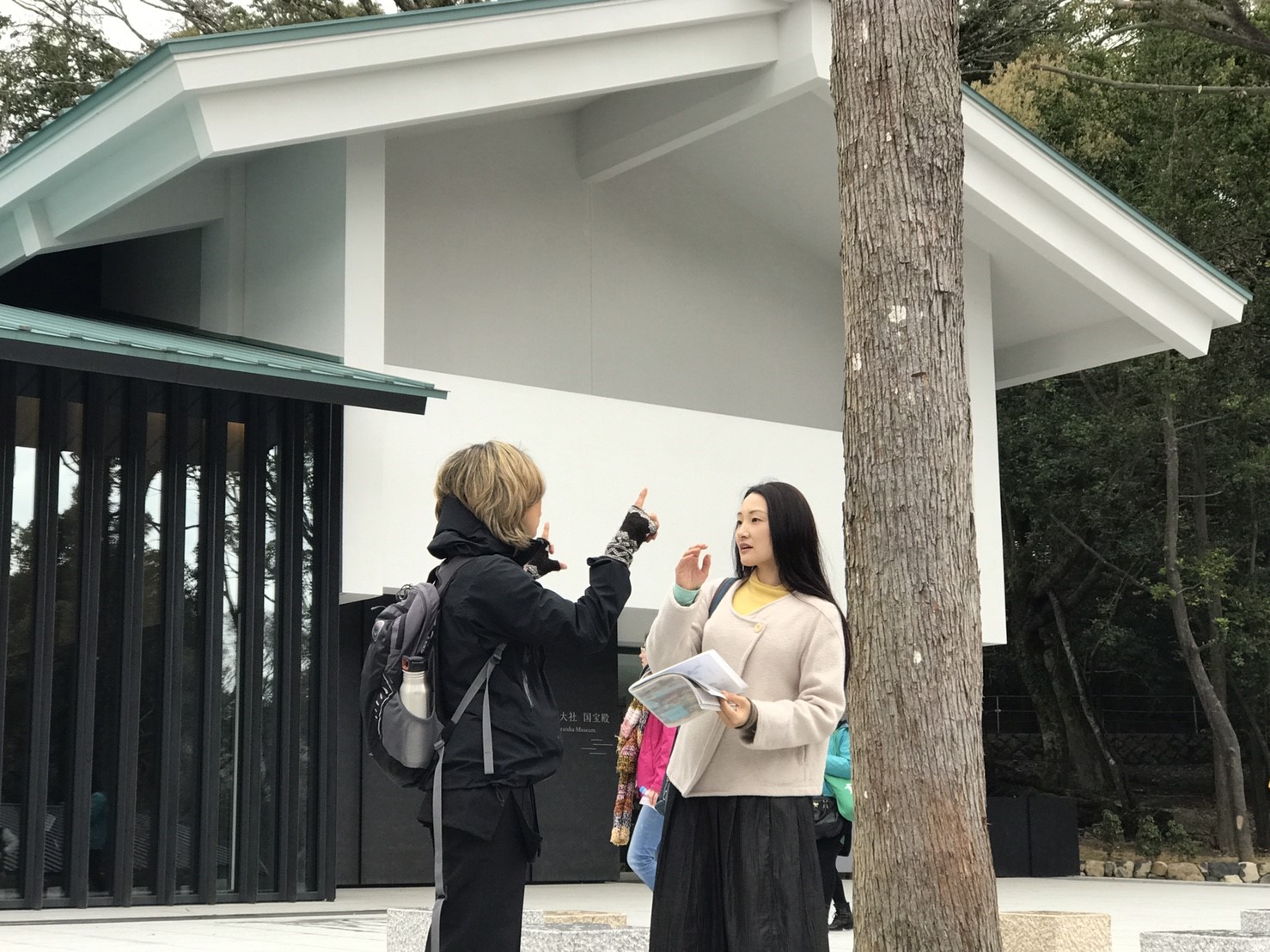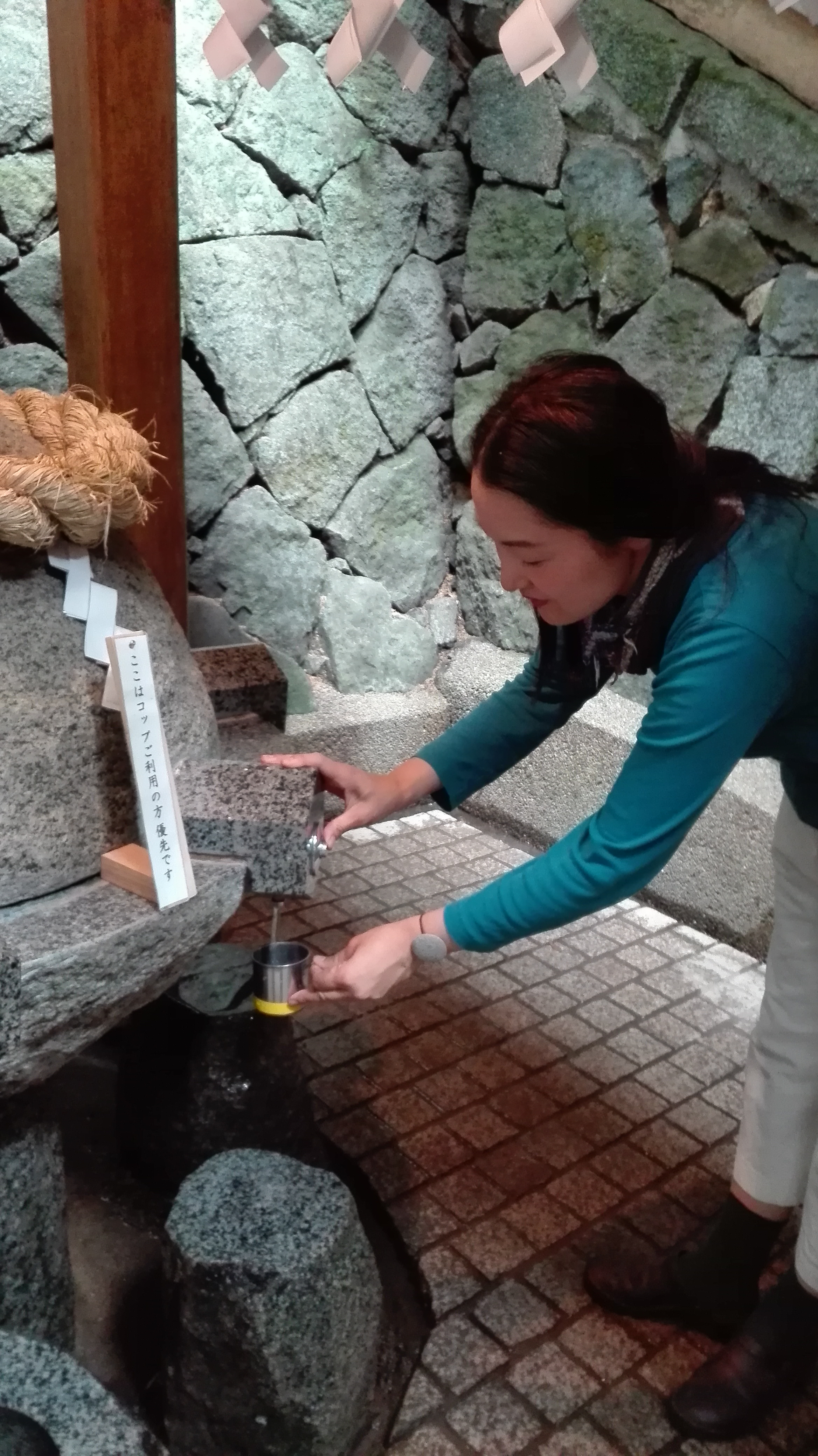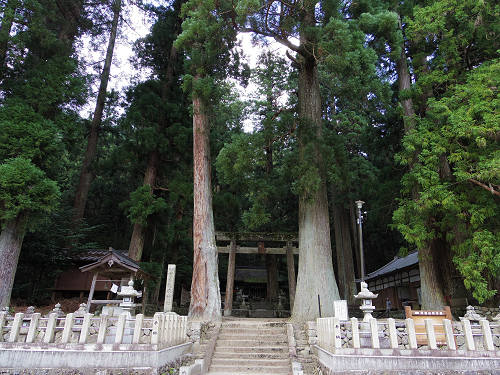We had the chance to speak with Spirituality and History Expert Akiko Murakami this past spring about Japanese Spirituality and the role it has in maintaining a bridge between modern Japan and the ancient one of gods, shrines and nature. You can travel with Akiko on our Spirit of Japan Tour and our Feminist Holiday of Japan.
Below please find our chat with Akiko san. We hope you find it a unique and informative guide to the spirituality of Japan and its contradictions and connections to the modern world.

Asia Art Tours: Many people think of Japan’s religions as being dominated by men. Could you tell us about how women have been a part of Japan’ spirituality and religion?
It maybe true in Buddhism, especially after middle age when Buddhism was widely spread all over Japan, and the Japanese society have become highly male-dominated society. Men’s position, especially father and the first son of the family have been by far important than the rest of the family members, and it continued until the end of the WWII. Men has more freedom to chose to follow the path of Buddha, meaning, leave the family to study, train themselves, to find and follow the masters, etc. Men’s purpose was either self-salvation or for pray for the pubic, on the other hand, religious faith for women was related to the family members.
(Customary, girls were expected to get married before the age of 20 or younger, and marriage agreements were made by the parents until the end of WWII.)
Since women’s place were at home, virtue of having strong faith in Buddhism and Shintoism have been highly considered as important, as mothers, moral educators, and cookers. They were the role models to show respect to deities including ancestors’ spirits, nature, Buddhist deities, and local Shinto “kami” to pray for good health, good fortune, and safe and protection. I am sure, giving physical motherly care and love with words and actions have significant influence on children. Thanks to righteous mothers, children grew up to have self-respect, be strong and patient, a good member of the local society, as well as to respect ancestors, father and teachers. In the case of miscarriages, health problems of babies and children, usually it was mothers who prayed with strong faith for them. Basically, Japanese mothers prayed a lot to keep the family stay strong, not to be shameful for the ancestors .
Interestingly, preparation of food and eating had been part of the training in Buddhism. To cook healthy seasonal food with care, eat with gratitude for the growers and harvest without waste was a part of the monk’s training. This was usually the case in ordinary families, too. This custom has contributed to form the traditional Japanese food culture which is winning world popularity today. There are many home made food prepared with love have power to vitalize people, on the other hand, food prepared without love, with bad vibration don’t have the equal results on people. As many traditional basic everyday food are fermented, like Miso, tukemono (fermented or pickled vegetables) , technically they are full of micro organisms, meaning, tastes of can easily change by the vibrations, emotions of the cookers. Mothers were the one who offered the fresh water, cooked rice to the family altar before everyone’s breakfast time. Thus, housewives’ love was not religious, but had the power to keep the family healthy both physical and spiritual.
In terms of spirituality, in Japan, women had been historically respected as “spiritual” and “closer to god” since the time of JOMON era.
Because, women could bring new lives to the world, maternal power and feminine character were associated with fertility and abundance, as well as mysterious and highly-spiritual. have been respected and even worshiped. As a matter of fact, during Jomon period, many clay figures for religious rituals were made with obvious physical feminine features. Jomon period is believe to last 10,000 years in peace, without uniting Japan. This nature worship culture is the very base of Shintoism. Therefore there are as many female Shinto deities as male deities.
Especially, pure, young unmarried women had been believed to have ability to channel and bring down the messages from Kami (Great Spirit, god, Sun Goddess Amaterasu or other spirits of nature, deities) . Jomon era and culture ended, when many Chinese-Korean people moved from the continent to Japan, and started Yayoi period. According to the first written record about Japan is on a Shaman queen Himiko. She was ruling about 100 small kingdoms with male kings in peace, due to her divine authority and ability to bring down the divine messages.
Since the high-economic growth period after the WWII, the structure of the family in Japan has changed as the trend toward nuclear families has increased and families have grown smaller. Many religious, spiritual practices and wisdom were lost among the people.
In 1980, the proportion of nuclear families had climbed to approximately 60% of ordinary households.

AAT: How did you become involved in Japan spirituality and what is the spiritual community like around Nara?
First of all, I am and have never been a religious person, and have no background of belonging to a certain sect or school of Buddhism nor Shintoism. I grew up in nuclear family, with my parents who never had a Buddhist nor Shinto altar at home. My mother believes in Jesus, and my father is a basically atheist.
Actually, I was not particularly interested in “Japanese” spirituality from the first place. When I found it so hard to work in the society, I started to search for the answers to the fundamental philosophical questions; Who am I? Where did I come from? Where do I go after death? What (who) is god? What is the purpose of life, what is my life mission for this life time? It was almost 20 years ago. I started to read many different new age books, like “The Conversation with God”, “The power of now”, and on Native American wisdoms, etc. Also, I started to meet spiritual-oriented people and began my self-quest. I leaned from many different teachers both in and out of Japan, deep esoteric teachings. It is not religious, but spiritual wisdom, the truth of life, universal teachings that do not belong to a certain religion.
Gradually, I became so certain I myself must have chosen to be born as a Japanese woman in this life time, I chose my parents, and chose where I will be raised in Yamato region, Nara. Yamato region is a spiritual home of the Japanese. As an ancient capital city, there are so many old Shinto shrines and temples, with long history and legends. Thus, my spiritual quest in Japan started all by myself after I searched for the universal one. I started to read Japanese mythology, about Shintoism and different sect of Japanese Buddhism. By the time, I have. It was quite a surprise and such a pity to know, how much “spiritual faith”, “connections” and “wisdoms” have been lost after the war, since the Japanese have become materialistic and atheistic. I joined Wadaiko (Japanese drum) team dedicated for Ohmiwa shrine for some time, too.

AAT: For travelers coming to Japan, what are some honest ways we can learn and get involved with Japanese Spirituality?
To understand some simple, but fundamental wisdoms of Shintoism, and Buddhism, for example the concept of reincarnation of Souls, the existence of spirit in every living beings, and to find inner peace and, etc.
Also, maybe to remind of them the importance of this life time… As a matter of fact, lke it or not, we are living in a very critical, challenging, exciting moment of the human revolution. The key is to know the truth; everything is interconnected within a divine Oneness. This is a fundamental and basic teaching of Shintoism (光一源).
Learned to think everyone, every incident is meant to be. We can appreciate , take as a lesson , even a short meeting with someone (一期一会、袖触れ合うも他生の縁)

AAT: Is there a difference between how spirituality is presented to tourists and how spirituality is practiced by the Japanese? If so how can we bridge this divide?
True spiritual practices are highly personal, cannot be shared by other people.
Many Shinto rituals, the most important ones are traditionally officiated exclusively by the Shinto priests even without the eyes of the Japanese. They sometimes on purposely do the rituals at night in darkness.
The true spiritual practices are universal, what really matter is the matter of inner state, nothing to do with certain “religious” practices. So I personally do not put stress on “Japanese” style.
There are many people who recite Buddhist sutra, or go visit Shrines and temples often, but without making any fundamental change in their Consciousness. Awakening of the Consciousness is the true meaning and purpose of all the religious practices.

AAT: What lessons do you think Japanese spirituality can teach the modern world?
To find inner peace: Zen meditation.
Many “martial arts” practices can teach people to live the moment, in power of NOW.
(合気道、華道、茶道、弓道、書道、etc. etc. )
Reincarnation of the Souls (physical death is not the end of our True lives)
光一源Everything came from (created by ) the same Source, so everything is originally sacred and divine. (universe, sun, stars, mother earth, human, animal, plants, minerals, and all un physical matters)
Learn from the law of nature: impermanence, harmony and balance.
[病は気から]:Diseases come from KI (気energy). The cause of disease is bad energy flow.(negative thoughts, stress, etc. )

(The Above Photos is of Ohmiwa Shrine)
AAT: Lastly which temple or shrine do you have the deepest connection with?
I feel very connected with Ohmiwa shrine in Sakurai city, Nara prefecture. It is half hour away Southeast of Nara city. It is said to be the oldest shrine, since it has the evidence of mountain worship since the time of Jomon era, date back to about 10,000 years ago. This place is getting increasingly popular among the Japanese as one of the power spots in Japan.
Ohmiwa shrine was THE shrine, and THE mountain in my childhood memories. I grew up seeing and feel protected by the mountai’s care until 9 year old. Ohmiwa shrine has a beautiful worship Hall. I still remember nostalgic feeling of visiting there with my family on the new year’s day, full of people and various street venders on both sides of the main street that approaches the 2nd Torii Gate.
I am quite certain that I must have been living in this region in my past life, I chose to be born and raised here in this Yamato region of my own choice.
Even after I moved out of the city, occasionally, I have visited whenever I feel the needs. This place is open for public thorough out the day, so I sometimes visit here at night under the moonlight. I usually get and drink some sacred water, mountain spring water from Sai shrine. Occasionally, I climb up the Mt. Miwa to purify, revitalize or to reset myself.
To learn more about Akiko San and our tours, contact Asia Art Tours Today! Email Matt@asiaarttours.com, or reach us through our Facebook and Instagram
